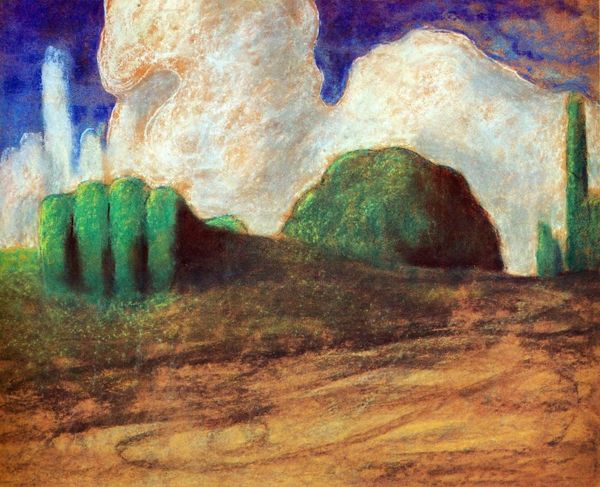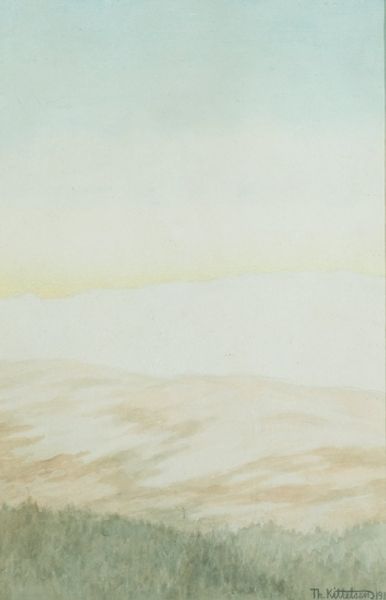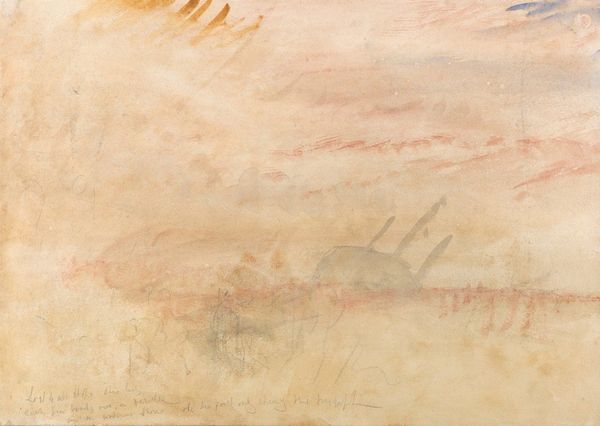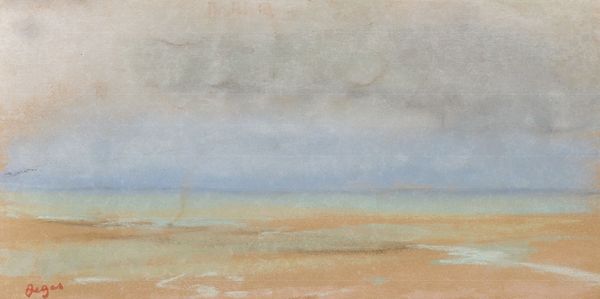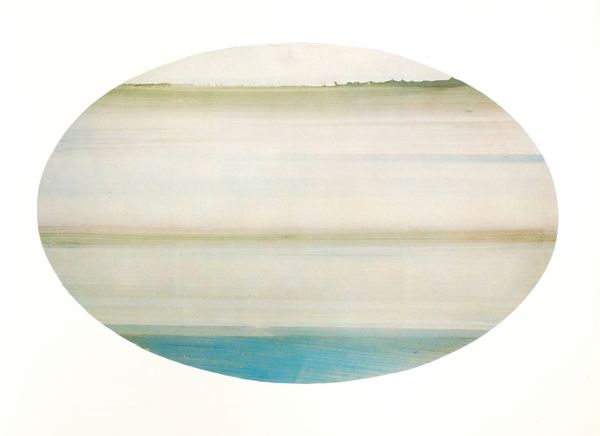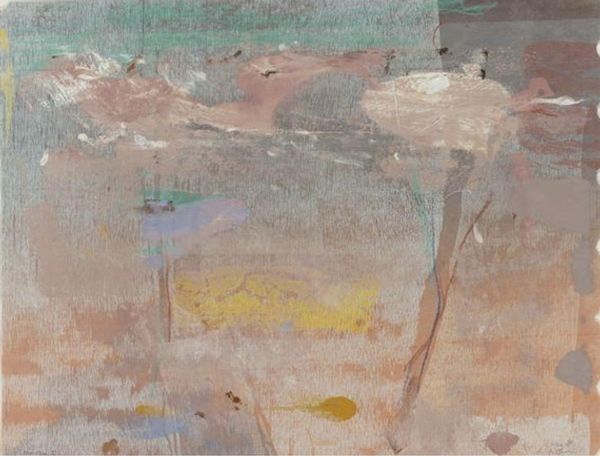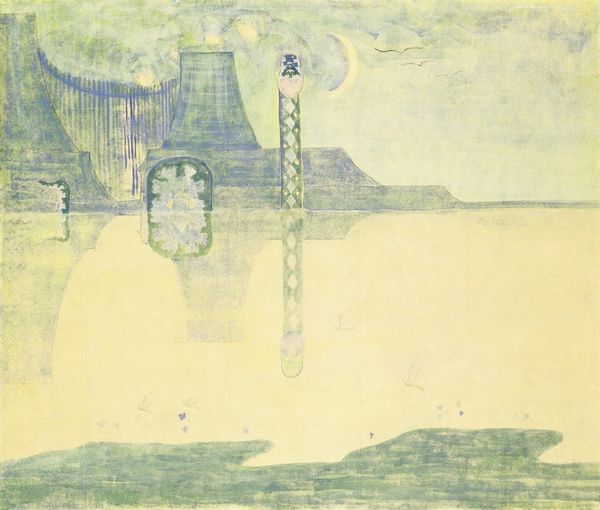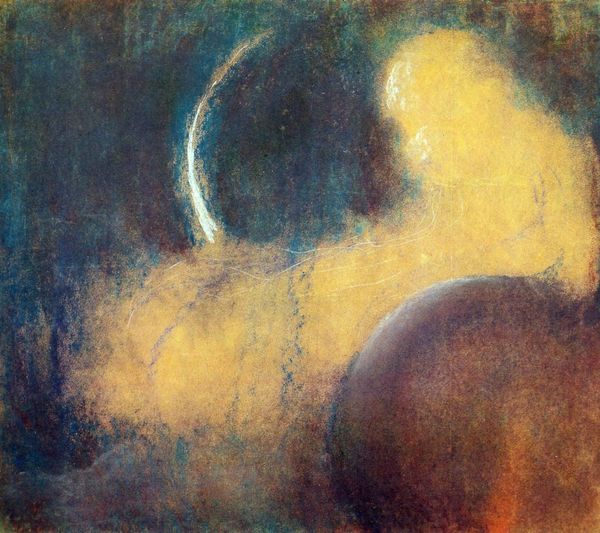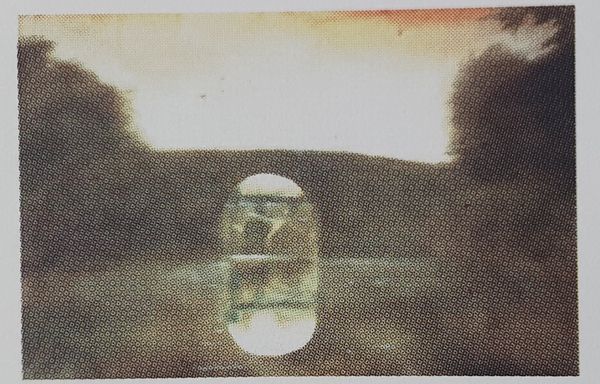
watercolor
#
landscape
#
watercolor
#
abstraction
#
symbolism
Copyright: Public domain
Editor: This watercolor by Mikalojus Konstantinas Ciurlionis is entitled "Silense" and was completed in 1907. It has such a calming and dreamlike quality. What’s your take on a work like this? Curator: Given the period, it's essential to view Ciurlionis through the lens of early 20th-century artistic and socio-political movements. Lithuania, at this time, lacked its own independent artistic institutions; how might that context have fostered a desire for national cultural expression through symbolic and abstract imagery? Editor: That's an interesting point. It seems to me that art, lacking the presence of an established Lithuanian art scene, became almost like a flag for the country's aspirations. Curator: Precisely. Ciurlionis integrates abstraction and symbolism to express something beyond mere visual representation. Look at the use of color: a dominant golden hue washes over the landscape, seemingly creating a utopian vision. Editor: It’s almost as if the painting avoids direct socio-political references and becomes a form of hopeful escapism instead. Do you agree? Curator: It's not simple escapism; more like an idealistic vision that runs parallel to reality. The glowing, tree-like forms feel ethereal. How could the spiritual and the social have influenced one another? Do you think the artist was exploring the symbolic meanings embedded in landscape tradition? Editor: Absolutely. The dreamlike essence might symbolize spiritual solace for those dreaming of independence. This piece makes me think about art’s crucial role during national struggles. Curator: Right! This perspective brings out nuances I'd missed, considering the sociopolitical subtext. Editor: And thinking about how institutions—or the lack of them— shape the meaning within. Thanks so much.
Comments
No comments
Be the first to comment and join the conversation on the ultimate creative platform.
